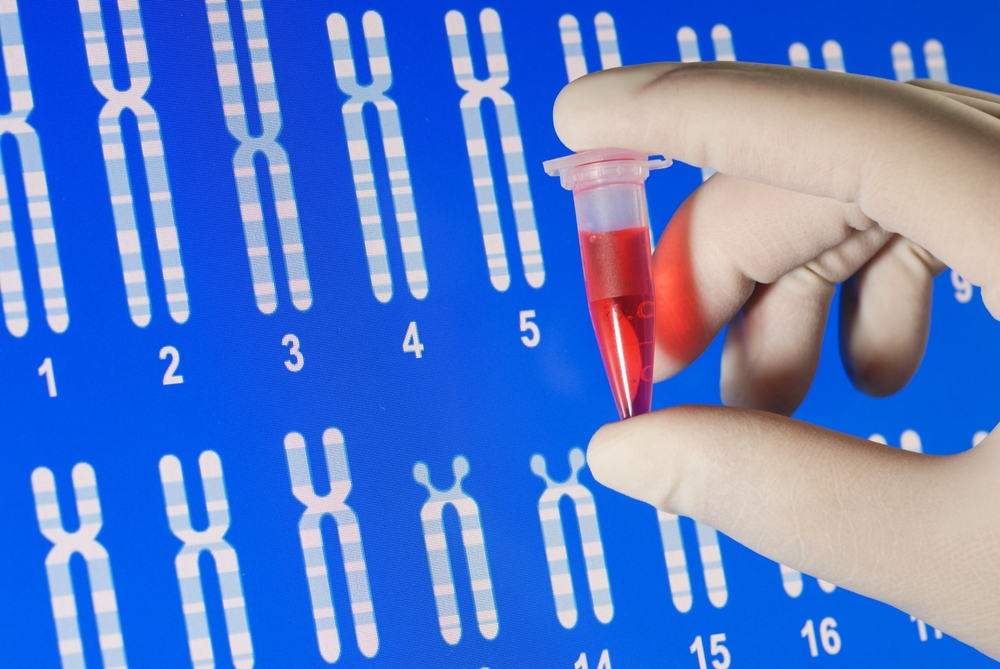 Researchers from the St. Jude Children’s Research Hospital — Washington University Pediatric Cancer Genome Project were able to identify the genetic foundations of three different pediatric melanoma subtypes. These new discoveries could potentially lead to a more accurate diagnosis and personalized treatments. The study with the findings is published in the Journal of Investigational Dermatology.
Researchers from the St. Jude Children’s Research Hospital — Washington University Pediatric Cancer Genome Project were able to identify the genetic foundations of three different pediatric melanoma subtypes. These new discoveries could potentially lead to a more accurate diagnosis and personalized treatments. The study with the findings is published in the Journal of Investigational Dermatology.
In their study, the team was able to uncover shared genetic alterations in melanoma patients, making them likely to react to the same type of treatments. The shared genetic alterations were found in adolescents with typical tumors and proved that sun damage affects both adolescents and adults the same way.
“We were surprised to see that so many of the pediatric melanomas had genetic changes linked to UV damage,” said co-author Richard K. Wilson, Ph.D., director of The Genome Institute at Washington University School of Medicine in St. Louis. “This in-depth look at the genomics of pediatric melanoma is extraordinarily important for diagnosis and for selecting treatments that give young patients the best chances of a cure.”
The investigators were able to recognize different genetic alterations related with other subtypes of pediatric melanoma, such as large congenital nevi (CNM) and spitzoid tumors. These genetic alterations involve a mutation that can help to identify spitzoid patients benefiting from aggressive therapies and also those who can be treated with less aggressive therapies.
“Until now the genetic basis of pediatric melanoma has been a bit of a mystery,” said co-corresponding author Armita Bahrami, M.D., an assistant member of the St. Jude Department of Pathology. “With this study, we have established the molecular signatures of the three subtypes of this cancer, signatures that have implications for diagnosis and treatment.”
According to the National Cancer Institute (NCI) each year, 425 young people aged 19 or younger are diagnosed with melanoma. Despite the fact that melanoma is rare in young people, recent estimations show a rise in the yearly incidence of nearly 2% in young people aged 15 to 19 years. For patients in this age group without metastatic melanoma, 75% achieve long-term survival rates of about 90%.
“This study shows that unlike many cancers, conventional melanoma is essentially the same disease in children and adults. That means we need to make it easier for adolescents to access promising therapeutic agents being tried in adults,” said co-corresponding author Alberto Pappo, M.D., a member of the St. Jude Department of Oncology. “These results also underscore the importance of starting sun protection early and making it a habit for life.”
In this new research a total of 23 patients with melanoma aged 9 months to 19 years had their cancer genome sequenced and compared to normal and tumor genomes of patients presenting three distinct types of melanoma. From these, 15 patients had traditional melanoma. Results revealed that these patients had tumors with several genetic alterations compared to other cancers in young people, studied by the Pediatric Cancer Genome Project, a project launched in 2010 that is using next-generation genome sequencing to improve understanding of rare and aggressive childhood cancers.
The researchers found that more than 90% the genetic alterations were associated with damage due to ultra-violet light exposure. The analysis showed that more than 60% of melanoma tumors had BRAF oncogene mutations, PTEN tumor suppressor gene or the promoter region of a gene called TERT. These mutations have also been documented in adults with melanoma.
In contrast to traditional melanoma tumors, the three patients with a CNM subtype had mutations in the NRAS oncogene and no deficiencies in PTEN. All patients died because of their melanoma and from the five patients with spitzoid melanoma, only one died. These patients had metastasis and a mutation in the TERT promoter region.
Based on these results, the researchers believe it is important to further understand if mutations in the TERT promoter could be a marker for spitzoid tumors that are destined to become clinically aggressive.


